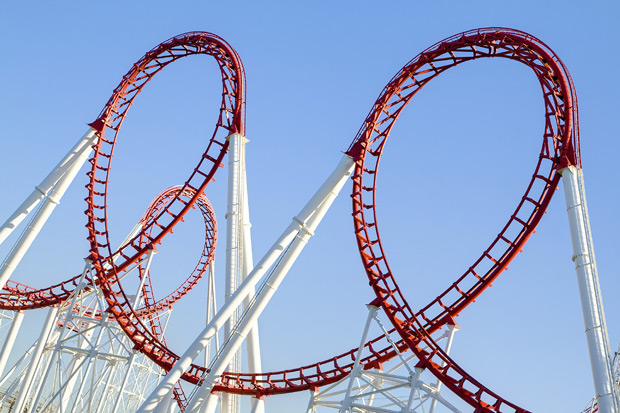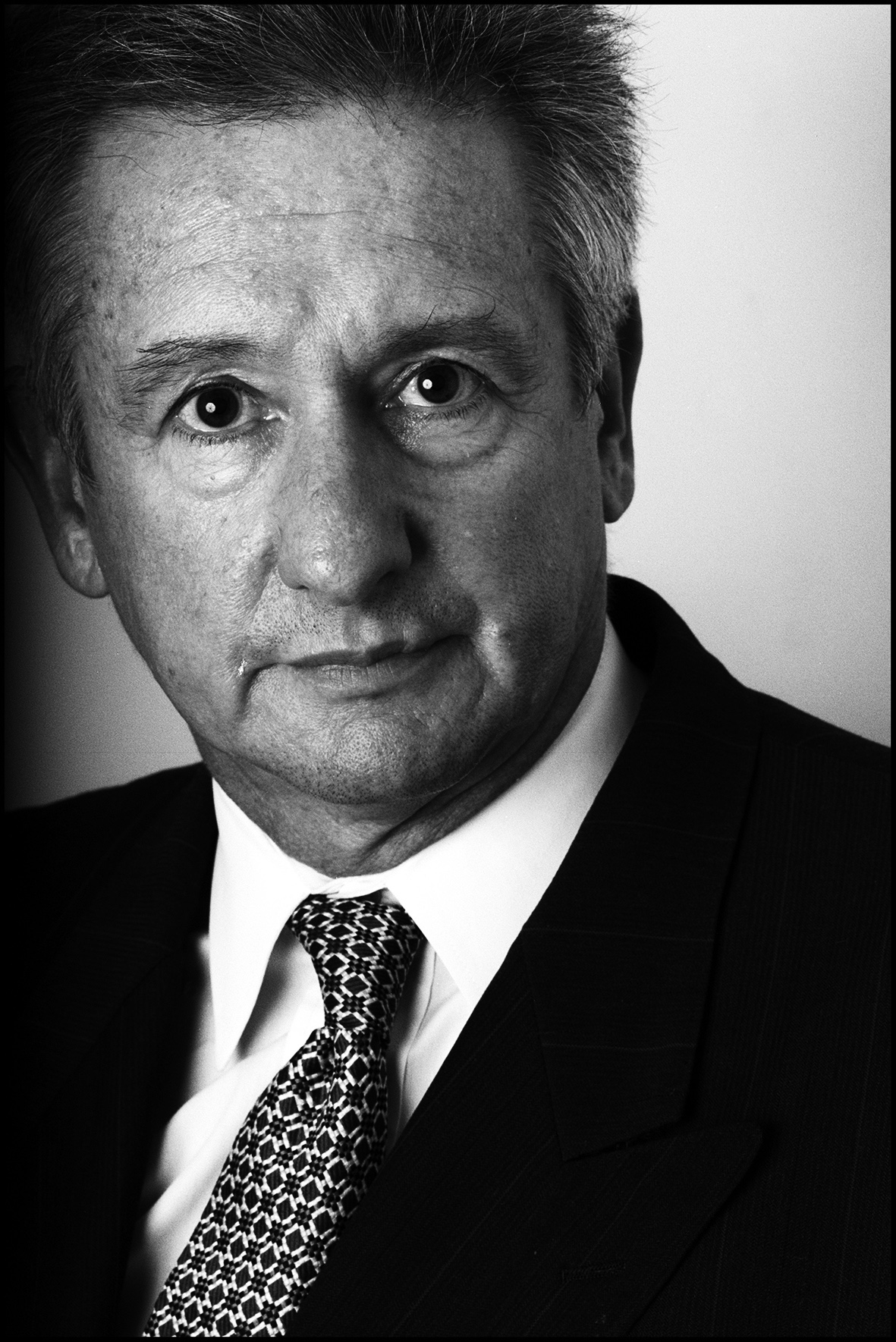DATA NEWS We love data!
Growth in services, but mining weighs us down
All sorts of numbers this week but the best was the GDP figure, which surprised on the upside at 0.9 for the September quarter after a 0.3 per cent increase in the June quarter. So still no sign of a recession as Australia moves into 24 straight years of growth.
Still that number wasn’t great but it shows the economy still ticking over on a fairly large base and it was slightly above growth expectations. There is some thinking that the economy might be growing at around 2.75 per cent rather 2.5 or lower.
The big disappointment as already foreshadowed was the lack of business investment with many Australian boardrooms not convinced that a full strength economic recovery is on the horizon. This belief is being reinforced by a number of profit downgrades on the share market leading to more cost cutting and job shedding.
BIG AUSTRALIAN A DEAD WEIGHT
And speaking of the share market, some numbers published recently by the AFR show just how impactful are the downturns in Australia’s resources and energy sectors.
So far this calendar year the market’s major index has fallen 2.57 per cent and BHP Billiton has accounted for more than 60 per cent of that loss.
BHP Billiton is part of the materials index, which is down 15 per cent year to date, although it’s not the worst performing sector. The energy sector is down 26 per cent on the back of the fall in the oil price.
The latest figures show a further deterioration in Australia’s terms of trade and so far prices for iron ore, oil and to a lesser extent gold show no signs of recovery.
JOBS GO IN MINING The social side of that downturn is shown in these figures from our two biggest global mining companies:
- In February 2011, Rio said it had 77,000 workers globally. That figure had fallen to 60,000 by February 2015.
- At BHP Billiton, the number of employees and contractors has fallen from about 100,000 at June 30, 2011 to 80,000 at June 30, 2015.
BUT JOBS APPEAR ELSEWHERE
But on the other side of the coin, and using a 10-year horizon, the number of people employed in the accommodation and food services sectors has jumped 22 per cent to 832,100, just less than the 23 per cent increase in the number employed in construction. It’s a neat example of how the economy is transitioning away from the resources boom. Services employment has risen from 50 per cent of the workforce in 1960 to nearly 80 per cent today.
GOOD APPETITE FOR IPOs
Despite this year’s volatility on the share market the new listings keep coming. The latest ASX statistics show 120 IPOs in the 2015 financial year worth about $90 billion, the strongest performance in four years. Demand seems to have continued into the current six months with listings scrambling right up to Christmas.
BIG PHARMA MEGA DEAL
As populations in developed countries grow older there’s plenty of money to be made in keeping people alive, attractive and active. So it’s no surprise to hear that two of the world’s biggest drug companies are merging in the second biggest deal in history.
Pfizer, which is known for the erectile dysfunction product Viagra (and many other drugs, including cholesterol product Lipitor) is jumping into bed with Allergan, best known for Botox, the cosmetic product designed to remove wrinkles.
The deal worth $US160 billion ($222 billion), will create a big mega pharma combine with an estimated $US63.5 billion in revenue this year and 110,000 workers around the globe.
Whether the deal passes muster from US regulators is another matter. In a complex arrangement Allergan, despite being the smaller entity is taking over Pfizer in a reverse manouevre that that will give the latter control of the merged entity.
Allergan is based in Ireland where the corporate tax rate is 12.5 per cent, much lower than the official US company rate of 35 per cent. The deal has been described as a form of ‘tax inversion’ where one company buys another in a foreign country and reincorporates there while maintaining its operational headquarters in the US.


